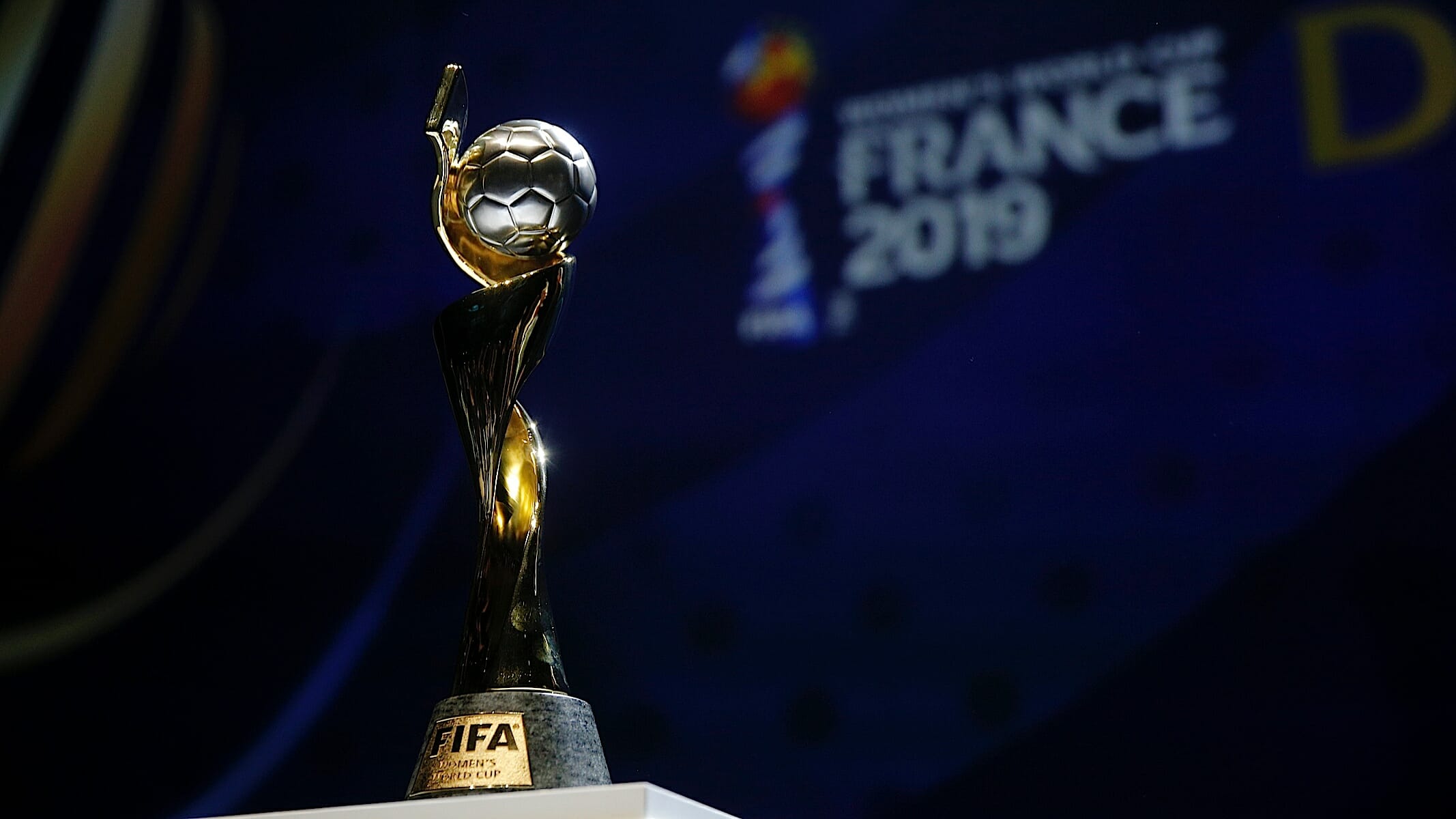How the Women’s World Cup Organizers Let Down the Sport, and the Women Who Play It
Photo by Dean Mouhtaropoulos/Getty
As the FIFA Women’s World Cup starts today in France, gender equality in sports is a hot topic. The Australian soccer players’ union, Professional Footballers Australia, just launched a campaign calling for equal World Cup prize money between men and women. In the US, the women’s national team filed a lawsuit earlier this year against the US Soccer Federation for gender discrimination. In it, the players bring forward the lack of promotional support from the federation, which, as retired professional golfer Anya Alvarez wrote, is the main issue in women’s sports. Because less marketing leads to lower attendance, hence fewer merchandise sale, the team is not given a chance to grow its revenue.
But promotional support is not only about visibility. Branding, which refers to the image the promoters convey about the tournament, is capital too, and the organizers of this summer’s FIFA Women’s World Cup in France have failed the sport and the players in that regard.
The upcoming tournament has successfully put women’s soccer in more French headlines than ever before. For instance, following a men’s national team tradition, Corinne Diacre, the coach of the national women’s team, announced her 23 players on the most popular TV newscast in the country. For the first time, France’s women’s squad was revealed in front of about 5 million people.
But the organizers are still falling short: with such low prices and small venues, they are selling a first-class tournament the way you would a second-class event.
Pricing is relative – by my experience, French people tend to spend less than Americans on sporting events. But France also hosted the men’s UEFA European Championship in 2016, and the prices between the two tournaments are shamelessly different.
The cheapest tickets for the 2016 semi-finals were 65€ each, and those for the final were 85€ each. Going to all three games would have cost at least 215€. This summer though, the cheapest package for those three games was 50€. Similarly, the best seats in the stadium would have cost 1,885€ for the last three games of the 2016 tournament versus 194€ this summer.
While it is true that the average French population is likely willing to spend more to watch men’s soccer than women’s soccer, the difference here is stark. Unreasonably stark.
Even more problematic, the venues chosen by the organizing committee are smaller stadiums in smaller, less known cities than the usual (men’s) soccer events hosted by France. While it may help those cities specifically, it hurts the game because fans, especially international ones, would be more interested in visiting Bordeaux or Toulouse instead of Valenciennes and Le Havre.
Only three of the country’s ten largest stadiums were included for this summer’s tournament – the Parc Olympique Lyonnais in Lyon (third largest stadium with 58,215 seats), the Parc des Princes in Paris (fifth largest with 45,583 seats) and the Allianz Arena in Nice (tenth largest with 36,178 seats). The six other venues hold less than 30,000 each with the 20,068-seat Stade des Alpes in Grenoble being the smallest.
In contrast, nine of the top ten stadiums were chosen for the Euro in 2016. All venues had more than 33,000 seats, and four of the ten had more than 50,000 seats.
Overall, the average capacity for the 2016 Euro was about 41,500 seats per game. This summer, it is only 25,000. And even though the Women’s World Cup includes one more game than the men’s 2016 Euro, the total capacity for this summer is 1.6 million seats, versus almost 2.7 million three years ago.
-

-

-

-

-

-

-

-

-

-

-

-

-

-

-

-

-

-

-

-

-

-

-

-

-

-

-

-

-

-

-

-

-

-

-

-

-

-

-

-









































